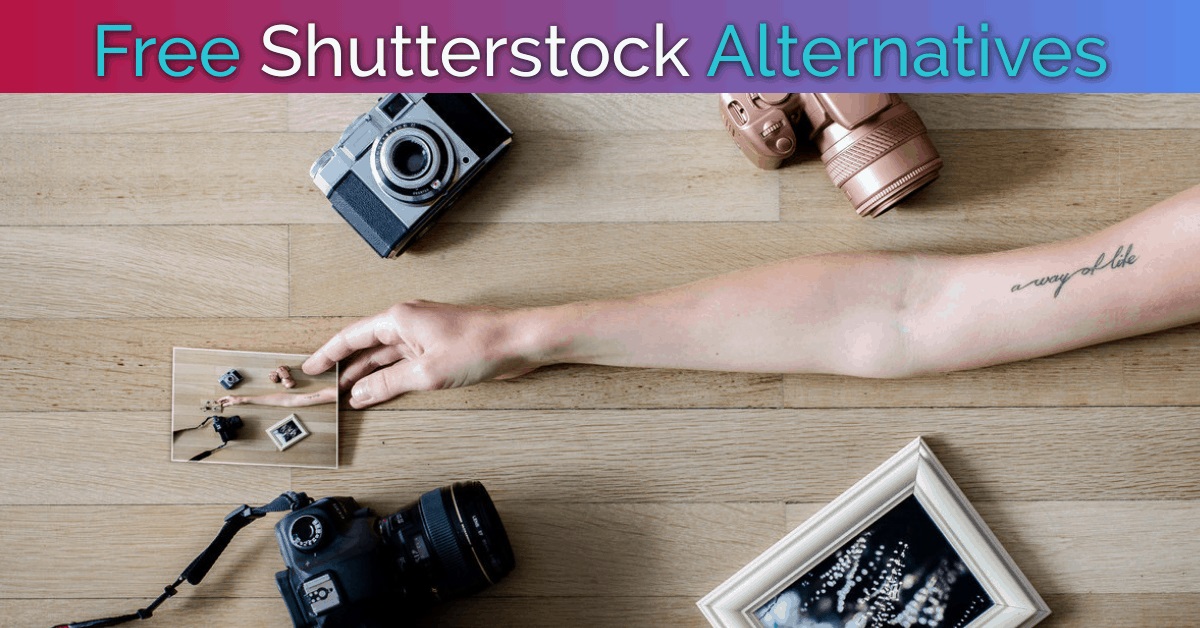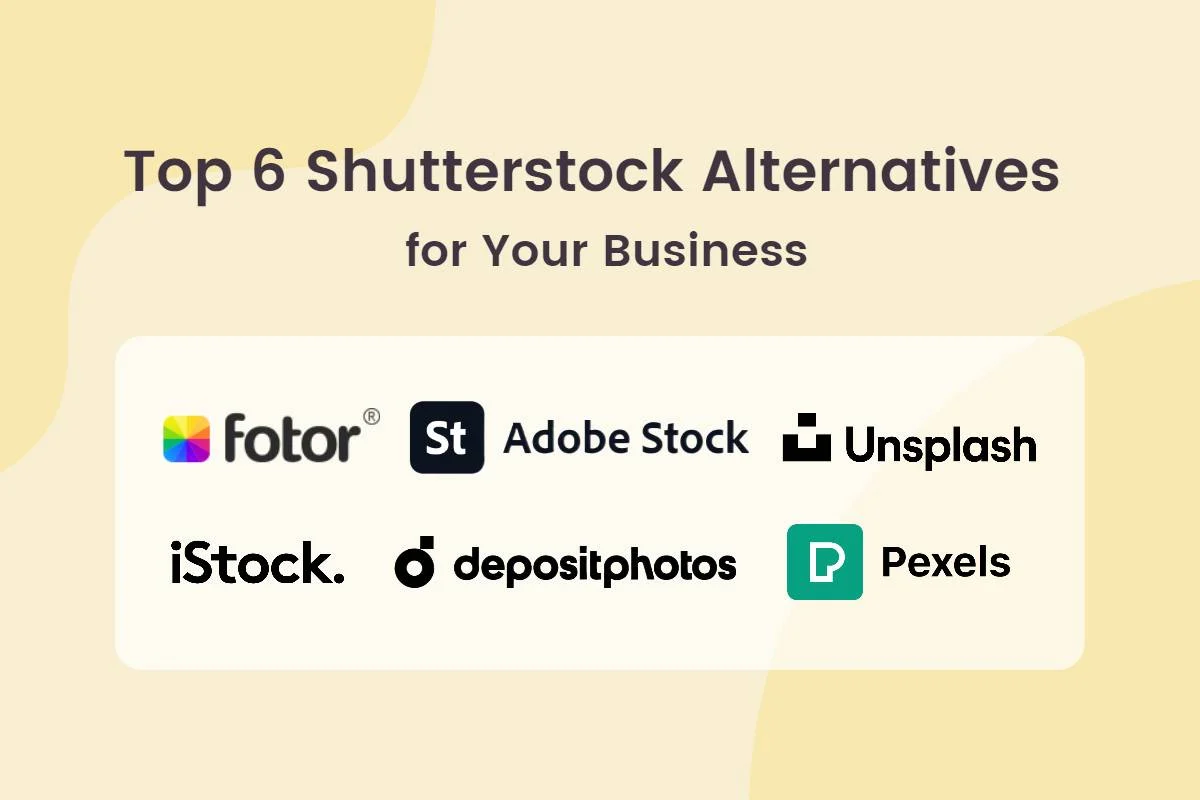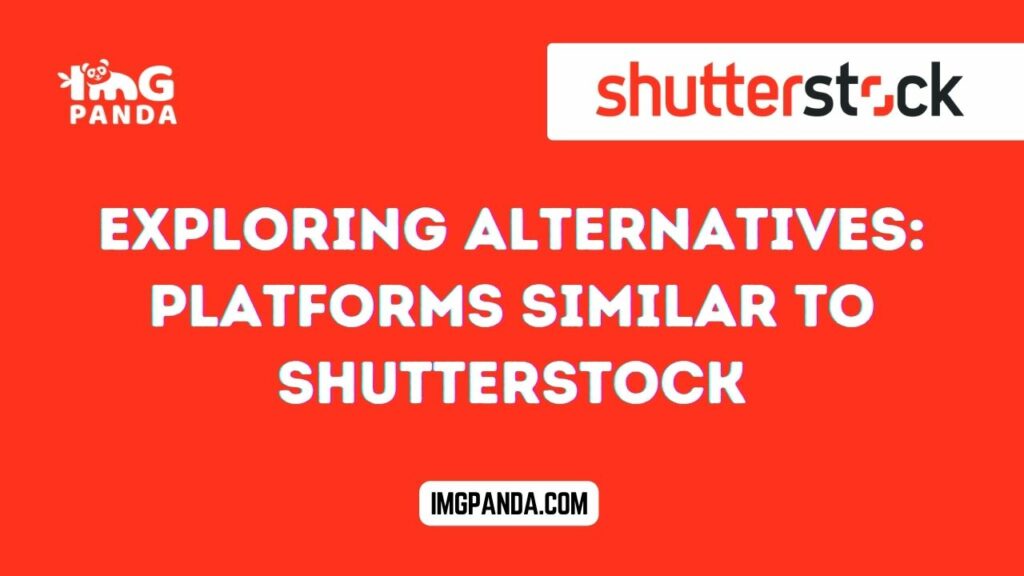Warning: Undefined array key 4 in /home/imgpanda.com/public_html/wp-content/themes/astra/template-parts/single/single-layout.php on line 176
Warning: Trying to access array offset on value of type null in /home/imgpanda.com/public_html/wp-content/themes/astra/template-parts/single/single-layout.php on line 179
Introduction
A. Overview of the topic: This blog post aims to explore alternative platforms to Shutterstock, providing users with a comprehensive overview of viable options in the stock photography industry. By delving into these alternatives, users can expand their options beyond Shutterstock and discover platforms that may better suit their specific needs and preferences.
B. Importance of exploring alternative platforms to Shutterstock: While Shutterstock is a prominent player in the stock photography market, there are various reasons why users may seek alternatives. These include concerns about pricing, licensing options, available content, and platform features. Exploring alternative platforms allows users to compare offerings and find the best fit for their requirements.
C. Brief explanation of Shutterstock's features and offerings: Shutterstock is a leading stock photography platform that offers a vast collection of high-quality images, videos, and music tracks for creative projects. It provides users with diverse licensing options, including the Standard License for most commercial uses and the Enhanced License for larger-scale projects. Additionally, Shutterstock offers features such as advanced search filters, curated collections, and subscription plans for regular users. Understanding Shutterstock's features and offerings serves as a baseline for comparing alternative platforms.
Also Read This: Best Practices for Citing Embedded Getty Images on Your Website
Criteria for Evaluating Alternative Platforms
A. Key factors to consider when assessing alternative platforms:
- Content Quality: Assess the quality and diversity of the content available on the platform.
- Licensing Options: Evaluate the licensing options offered by the platform and their suitability for your project needs.
- Pricing Structure: Consider the pricing plans and affordability, including subscription options and pay-per-download models.
- Search Functionality: Evaluate the platform's search capabilities, including filters and advanced search options.
- User Experience: Assess the platform's user interface, ease of navigation, and overall user experience.
- Customer Support: Consider the level of customer support provided by the platform, including response time and availability.
B. Comparison of features, pricing, and licensing options:
- Features: Compare the features offered by each platform, such as search filters, curated collections, and integration with design tools.
- Pricing: Analyze the pricing plans and subscription options, including any discounts or promotions available.
- Licensing Options: Compare the licensing options provided by each platform, including the scope of usage rights and any restrictions.
- Content Quality: Evaluate the quality and relevance of the content available on each platform, considering factors such as resolution, authenticity, and diversity.
C. Importance of finding a platform that meets specific project requirements:
- Tailored Solutions: Identify platforms that align with the specific needs and objectives of your projects.
- Customization Options: Look for platforms that offer flexibility and customization options to accommodate unique project requirements.
- Scalability: Consider the scalability of the platform, especially if you anticipate growth or expansion in your projects.
- Long-term Viability: Assess the platform's sustainability and long-term viability to ensure continued access to content and support for future projects.

Also Read This: What Is the Cost of a Shutterstock Subscription and How It Benefits You
Top Alternatives to Shutterstock
A. Description of each alternative platform:
- Adobe Stock:
- Adobe Stock is a stock photography platform integrated with Adobe Creative Cloud, offering a vast library of high-quality images, videos, and templates.
- Getty Images:
- Getty Images is a renowned stock photography agency, providing a comprehensive collection of premium images, videos, and editorial content sourced from professional photographers and content creators.
- Unsplash:
- Unsplash is a community-driven platform offering a diverse collection of high-resolution, royalty-free images contributed by photographers worldwide.
- Pixabay:
- Pixabay is a popular platform for royalty-free stock photos, illustrations, vector graphics, and videos, offering a vast collection of high-quality content available for free.
- Pexels:
- Pexels is another community-driven platform offering high-quality, free stock photos and videos contributed by photographers and videographers from around the world.
B. Highlighting unique features and offerings:
- Adobe Stock:
- Integration with Adobe Creative Cloud for seamless workflow and access to content within Adobe applications.
- Extensive collection of premium assets, including images, videos, templates, and 3D assets.
- Getty Images:
- Premium content sourced from professional photographers and content creators, ensuring top-notch quality and authenticity.
- Comprehensive licensing options tailored to different project needs, including rights-managed and royalty-free licenses.
- Unsplash:
- Community-driven platform fostering collaboration and creativity among photographers and users.
- Extensive library of high-resolution, royalty-free images covering a wide range of themes and subjects.
- Pixabay:
- Large collection of royalty-free images, illustrations, vector graphics, and videos available for free download and commercial use.
- User-friendly interface and advanced search filters for easy navigation and content discovery.
- Pexels:
- Curated collection of high-quality, free stock photos and videos suitable for various creative projects.
- Easy licensing process with no attribution required for most content, providing flexibility for commercial and personal use.
C. Pros and cons of each platform based on user feedback and reviews:
- Adobe Stock: Pros - Integration with Adobe Creative Cloud, vast library of premium assets. Cons - Higher pricing compared to some alternatives.
- Getty Images: Pros - Premium quality content, comprehensive licensing options. Cons - Higher pricing, limited free options.
- Unsplash: Pros - Large collection of free images, community-driven platform. Cons - Limited control over content quality and curation.
- Pixabay: Pros - Free content with no attribution required, diverse collection of assets. Cons - Limited selection of premium content, occasional lower quality images.
- Pexels: Pros - Free content with no attribution required, curated collection of high-quality assets. Cons - Smaller library compared to some competitors, limited licensing options.

Also Read This: Build a Stunning Website with Canva Website Templates
Case Studies: Real-world Examples of Platform Usage
A. Success stories from users who have utilized alternative platforms:
- Photographer Success Story on Adobe Stock: Renowned photographer Sarah Lee shares her experience of transitioning from Shutterstock to Adobe Stock, highlighting increased visibility and revenue through Adobe's integration with Creative Cloud.
- Small Business Success with Getty Images: Local boutique "Belle & Bloom" showcases how they leveraged Getty Images' premium content for their branding and marketing materials, resulting in enhanced brand perception and increased customer engagement.
- Creative Agency's Collaboration on Unsplash: Creative agency "Pixel Perfect" shares how they collaborated with photographers on Unsplash to curate a unique collection of images for their clients' projects, fostering community engagement and creativity.
B. Examples of projects completed using alternative platform resources:
- Pixabay-powered Website Redesign: Web development agency "Digital Dreamers" showcases a website redesign project using royalty-free images from Pixabay, resulting in a visually appealing and cost-effective solution for their client.
- Pexels-powered Social Media Campaign: Marketing agency "Social Savvy" shares a successful social media campaign utilizing free stock photos from Pexels, driving increased engagement and brand awareness for their client.
- Adobe Stock in Graphic Design Projects: Graphic designer "Creative Crafter" demonstrates the use of Adobe Stock's vast library of assets in various design projects, showcasing the versatility and quality of content available.
C. Insights and lessons learned from platform usage experiences:
- Navigating Licensing Complexity: Users share insights into understanding and navigating the licensing options offered by alternative platforms, emphasizing the importance of clarity and transparency in licensing terms.
- Content Discovery and Curation: Insights are provided on effective strategies for content discovery and curation on alternative platforms, including leveraging search filters, user-generated collections, and curated galleries.
- Community Engagement and Collaboration: Users highlight the value of community engagement and collaboration opportunities offered by certain platforms, such as Unsplash and Pexels, in fostering creativity and networking within the industry.
Also Read This: Joining the Visual Revolution: How to Become an Adobe Stock Contributor
FAQs and Common Concerns
A. Answering frequently asked questions about alternative platforms:
- What are the main differences between Adobe Stock and Shutterstock?
- Answer: Adobe Stock offers seamless integration with Adobe Creative Cloud, while Shutterstock provides a standalone platform. Adobe Stock also offers a vast collection of premium assets, including images, videos, templates, and 3D assets.
- Is Getty Images only for professional use, or can individuals and small businesses also benefit?
- Answer: Getty Images caters to a wide range of users, including individuals, small businesses, and professionals. While Getty Images offers premium content, it also provides licensing options suitable for various project sizes and budgets.
- Are all images on Unsplash and Pixabay free to use for commercial projects?
- Answer: Yes, both Unsplash and Pixabay offer a large collection of free images that can be used for commercial projects without attribution. However, users should always review the licensing terms for each image to ensure compliance.
B. Addressing common concerns and misconceptions:
- Misconception: Free stock photos lack quality and variety.
- Clarification: While some free stock photo platforms may have limitations, platforms like Unsplash and Pixabay offer high-quality images contributed by talented photographers worldwide, covering a wide range of themes and subjects.
- Concern: Premium platforms like Getty Images may be too expensive for small businesses.
- Response: While Getty Images does offer premium content, it also provides flexible licensing options suitable for different project sizes and budgets, including affordable subscription plans and pay-per-use options.
- Concern: Transitioning from Shutterstock to alternative platforms may be time-consuming and complicated.
- Response: Many alternative platforms offer user-friendly interfaces and migration tools to streamline the transition process. Additionally, the benefits of exploring alternative platforms, such as cost savings and access to unique content, often outweigh the initial investment of time.
C. Providing clarity on licensing terms and usage guidelines for alternative platforms:
- Each alternative platform has its own licensing terms and usage guidelines that users should familiarize themselves with before downloading or using content. It's essential to review and understand these terms to ensure compliance and avoid any legal issues.
Conclusion
A. Recap of key points: Throughout this exploration of alternative platforms to Shutterstock, we've covered various aspects, including criteria for evaluation, real-world case studies, tips for transitioning, FAQs, and common concerns. Key points include the importance of considering factors such as content quality, licensing options, pricing, and project-specific requirements when assessing alternative platforms.
B. Final thoughts on exploring alternatives to Shutterstock: While Shutterstock remains a popular choice for stock photography needs, exploring alternative platforms offers users the opportunity to discover new features, content, and pricing models that may better align with their preferences and requirements. Whether you're a freelancer, small business owner, or creative professional, there are numerous alternatives available to suit a diverse range of needs and budgets.
C. Encouragement to consider diverse options and find the platform that best suits individual needs: As the stock photography landscape continues to evolve, it's essential to consider diverse options beyond Shutterstock and explore alternative platforms that offer unique benefits and advantages. By conducting thorough research, comparing features, and assessing individual needs, users can make informed decisions and find the platform that best fits their creative projects and objectives. Remember to prioritize factors such as content quality, licensing options, and user experience when evaluating alternative platforms.
